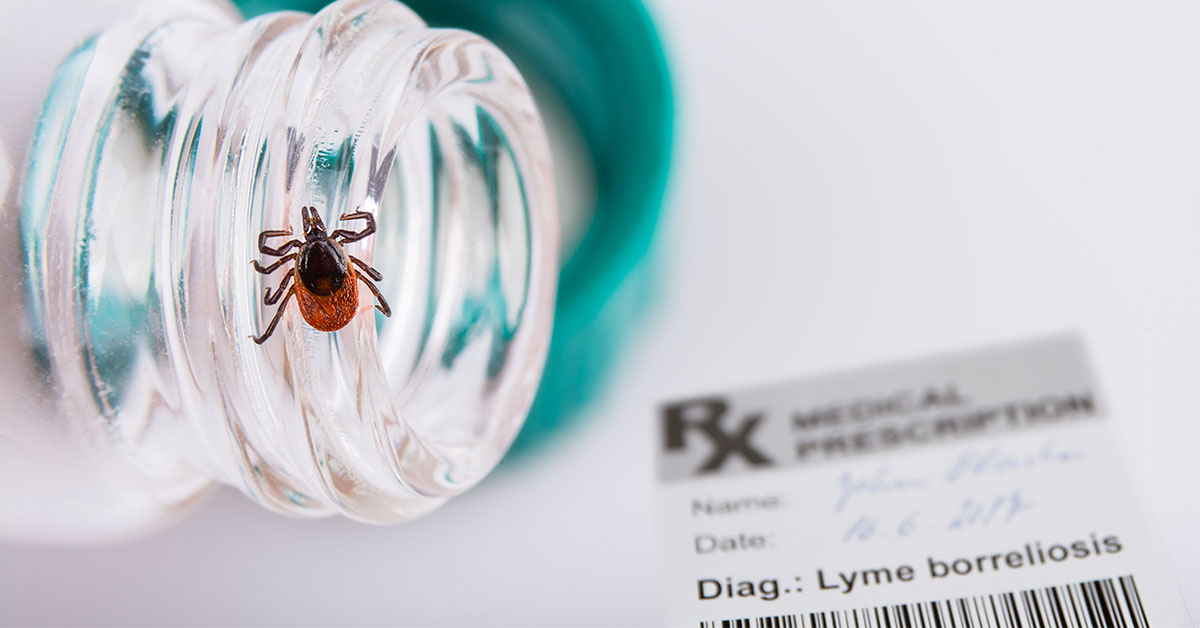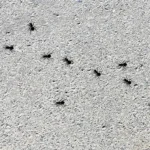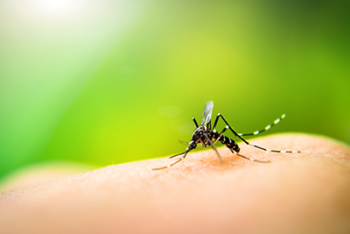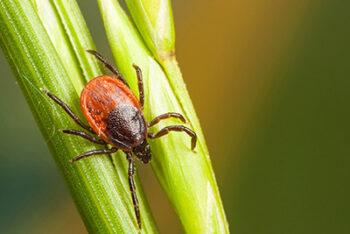
Warm weather means time spent outside – which can put you at risk for Lyme disease. That’s why May is Lyme Disease Awareness Month, and it’s a key concern for Long Island residents. Suffolk County has the second largest amount of Lyme disease cases in the state of New York. In fact, according to Stony Brook Hospital’s Lyme and Tick-Borne Disease Center, “Lyme disease is a growing problem for Suffolk County, with thousands of cases a year.”
In the United States, Lyme disease is primarily caused by two strains of bacteria – Borrelia burgdorferi and Borrelia mayonii – that are carried by ticks. In the northeastern United States, north central and mid-Atlantic region it’s mostly transmitted by deer tick bites, also known as the blacklegged tick or Ixodes scapularis.
However, in April 2019 the Centers for Disease Control and Prevention (CDC) said that Lyme disease and other tick-borne illnesses are increasing due to climate change. It also identified more strains of bacteria that are carried by ticks and can cause Lyme disease – Borrelia miyamotoi, Ehrlichia ewingii, Ehrlichia muris eauclairensis, Heartland virus, Rickettsia parkeri and Rickettsia species 364D.
While Lyme disease rates are going up, we might not even know the full amount. Experts suggest that as many as 300,000 people a year might contract Lyme disease without being formally diagnosed.
How to Protect Yourself Against Lyme Disease
Deer ticks, a.k.a. blacklegged ticks, prefer grassy or wooded areas, especially where it is humid, like on Long Island. You can attract a tick during any outdoor activity or, as too many Suffolk County residents have discovered, even while in your own backyard. People at high risk for tick bites, and therefore Lyme disease, include landscapers, farmers, caddies, vineyard workers and others who work outside May through October.
Some Lyme disease experts recommend wearing high socks and long pants to deter tick bites and even tucking pants into boots or socks to make it more difficult for ticks to get to your skin. In hot weather, though, that’s an uncomfortable option, and few people remember to do it. Using an insect repellent with DEET improves your odds. Wearing clothing that is pre-treated with permethrin can also provide protection.
Unlike mosquitoes, whose bite you often feel, a tick could have bitten you, and maybe is still feeding on you, without you noticing. That’s because ticks are very small – a full-grown tick can be the size of a sesame seed – and their bite is generally painless. Ticks also release an antihistamine while feeding on you that delays an allergic reaction that could cause itchiness.
Having your property treated to deter ticks is another layer of protection. Arrow Exterminating offers tick inspections and treatment so you can have peace of mind in your own backyard.
Checking for Ticks
Deterring ticks is the first part of tick bite and Lyme disease prevention. Checking yourself after being outdoors is also important. Check your body for ticks and pay special attention to:
- Under arms
- Inside the belly button
- Back of the knees
- In and around ears
- In your scalp and around all head and body hair
- Around the waist
- Between the legs
Ticks like to hang out on the tips of leaves, grasses, etc. on border trails in the woods. You should be careful not to brush against these. For similar reasons, if you hit a golf ball into the woods, it’s better for you to let it go than to look for it and risk exposure to ticks.
Also make sure to check your pets for ticks. Talk to your veterinarian about prescription-based tick prevention products. They tend to be more effective than over the counter products.
Fortunately, the number of people who contract Lyme disease is small in comparison to the number of people bitten by ticks. It usually takes a tick being attached to you for 36-48 hours for the disease to be transmitted, according to the CDC, so the sooner you spot and remove a tick, the better your odds of avoiding illness.
Arrow Can Help Prevent Ticks
Protect your family from Lyme disease by calling Arrow Exterminating to discuss tick control treatments. Arrow will help you identify if you have a problem, explain our plan to eradicate your infestation, and give you the peace of mind you need. To get started, contact Arrow Exterminating today.





